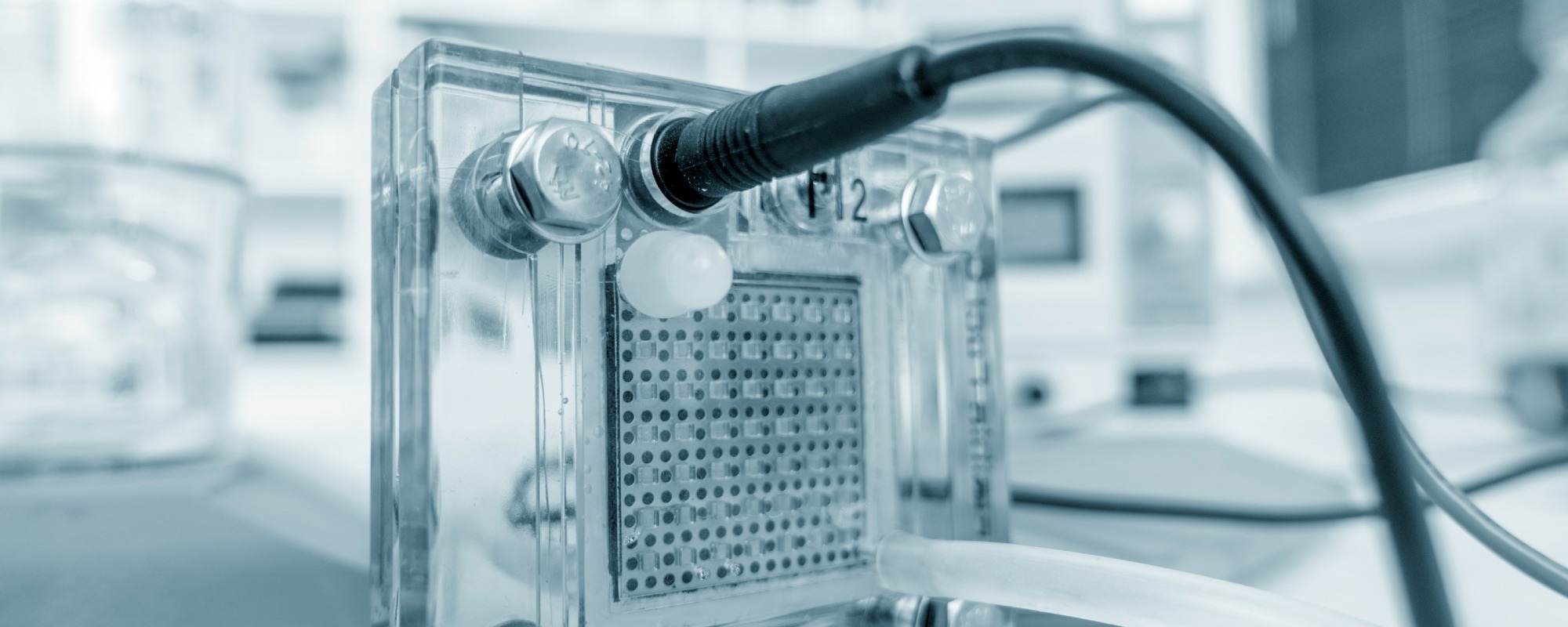One of the primary challenges when it comes to ensuring the efficient operation of Proton Exchange Membrane (PEM) hydrogen cells is maintaining an optimal distribution of liquid water within the cell structure.

Image Credit: luchschenF/Shutterstock.com
The accumulation of excess water can obstruct proton and electron transport channels, diminishing cell efficiency. Conversely, insufficient water may lead to membrane dehydration, negatively impacting performance. Researchers at the University of Seville are addressing this challenge by applying nature-inspired design concepts and strategies.
Their investigation focuses on leveraging a lung-inspired structure to design flow circulation channels within the cell, serving as a model to enhance water distribution in PEM fuel cells. The inherent advantage of this approach lies in the ability of bioinspired structures to more effectively facilitate water transport and distribution, mitigating issues of accumulation or scarcity within the cell.
This method holds great promise for substantially enhancing the efficiency and longevity of PEM fuel cells. This advancement is particularly crucial in the context of the project's research goals, which are focused on innovating new designs for bipolar plates. By incorporating nature-inspired structures, the project explores novel avenues to optimize water distribution in fuel cells, leading to substantial improvements in efficiency and cell lifespan.
In summary, the research aligns directly with the objectives of the research project focused on pioneering bipolar plate designs.
Through the exploration of bio-inspired solutions to address liquid water distribution in PEM fuel cells, the researchers provide a valuable and promising perspective that could advance fuel cell technology, ultimately contributing to the development of more efficient and sustainable energy systems.
Journal Reference:
González, G. M. C., et al. (2023) Transient behavior of liquid water distribution in a lung-inspired PEM fuel cell. Electrochimica Acta. doi.org/10.1016/j.electacta.2023.143414